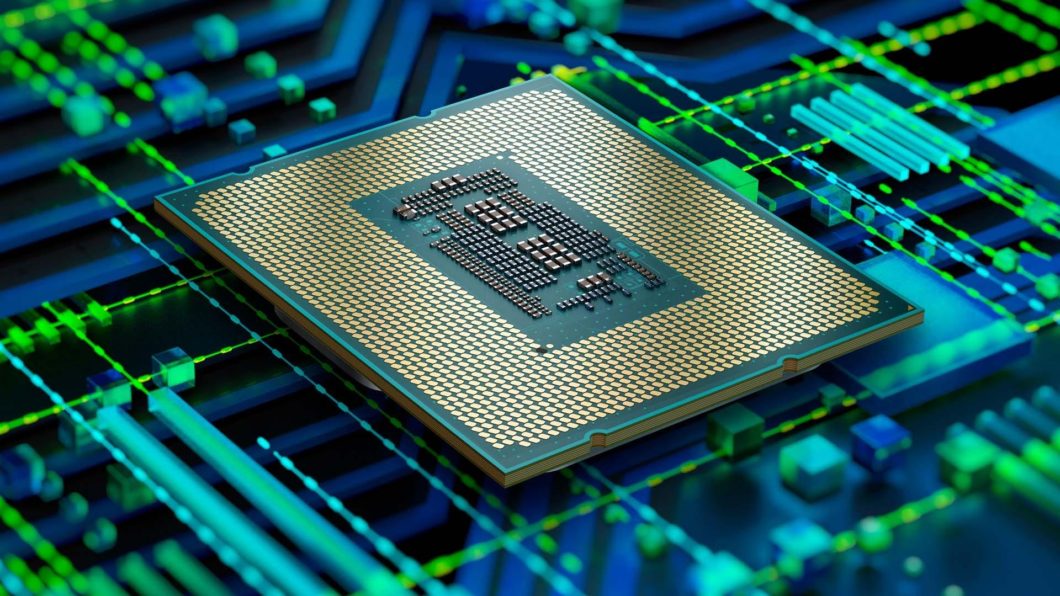Intel has reported revenue of $18.6bn for the first quarter of 2021, which it said was led by strength in its PC business and the first signs of recovery in the enterprise and government portion of its data centre business. These signs of recovery have meant the company’s data centre business delivered revenue of $5.6bn, down 20% year-over-year. Intel also said the datacentre business experienced a drop in operating income to $2.2bn year-over-year due to the lower revenue, transition to 10-nanometer, and increased R&D investment in its Xeon roadmap.
In a transcript of the earnings call posted on the Seeking Alpha financial blogging site, the company discussed the recent news about its foundries. In March, Intel announced it would expand its manufacturing capacity, beginning with about $20bn of investment to build two fabrication plants in Arizona. The company also announced Intel plans to become a significant provider of foundry capacity in the US and Europe to serve its customers globally.
When asked about the competition coming from ARM designs powering datacentre computing and whether Intel would consider licensing its x86 technology in a similar way to ARM to entice hyperscale cloud providers, CEO Pat Gelsinger said: “X86 cores will be available on our foundry services and available for people to design with them, and it will include the cloud service providers to take advantage of that.

“So, the simple answer is yes. And we believe that the ability for our customers to take advantage of x86 this way will be a meaningful shift in how people think about ARM versus x86.” He said this would enable Intel’s customers to design their x86-based chips similar to how ARM licensees build processors based on the ARM chip. Gelsinger admitted that Intel has previously not catered exceptionally well to organizations that wanted to do unique design work. “They didn’t have a good x86 choice,” he said. “We gave them our standard products, which have lots of capabilities but particularly for the cloud.”
But other networking or memory hierarchy optimizations were not possible with the standard x86 server chips. This has now changed, said Gelsinger. “We are saying come on in, and we are opening the doors of our IP, the doors of our leading process and packaging technologies, to be able to say let’s do this together or let them do their designs in our foundry as well,” he said. “It’s a compelling strategy that will be a meaningful shift.”
Gelsinger said the company also saw “extreme interest” in Intel packaging technologies. For example, he said customers might want to integrate a tile from Samsung or TSMC with a tile from Intel on a single semiconductor device. Intel chief financial officer George Davis suggested Intel’s future roadmaps would evolve to encompass standard semiconductor libraries. “We have said over time that it’s obvious that we are going to be adopting more and more of the industry ecosystem IPs and libraries because it makes sense to do it,” he said during the earnings call. “And it makes sense in terms of cycle time, in terms of taking advantage of capabilities that already exist out there.”
